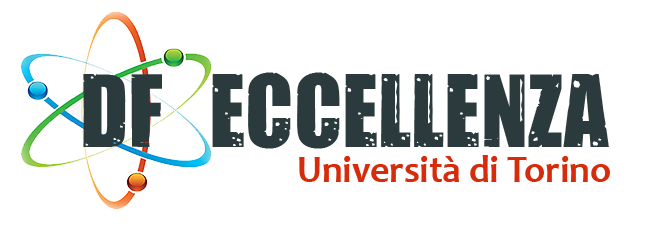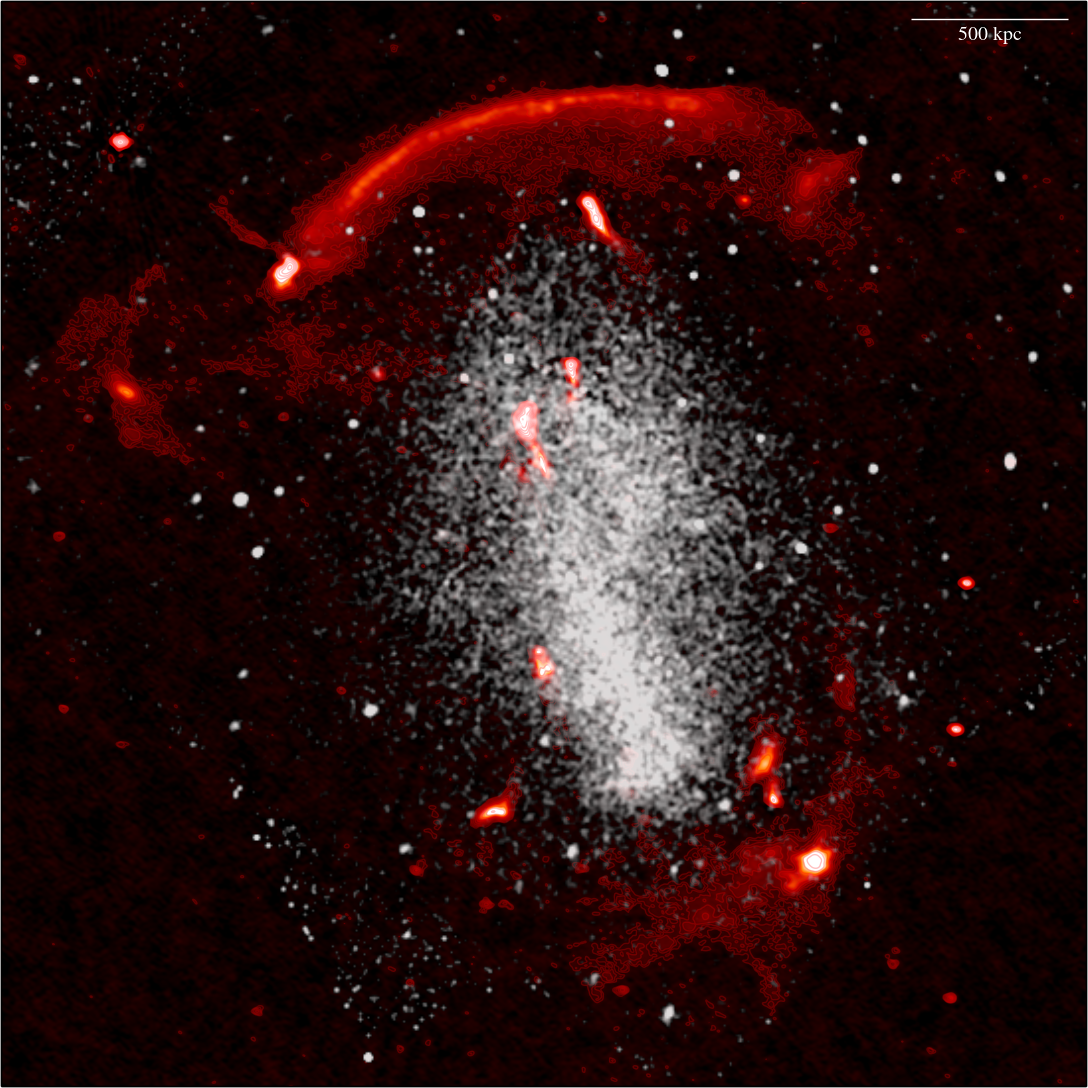The nature and evolution of the structure of the Universe and its components, ordinary and obscure, will be focal themes in physics and astrophysics for the coming decades. Observing the Universe will provide unprecedented quantities of data, both for the distribution of matter in the cosmos and for the components of the astro-particle cosmic radiation: radio, X, gamma, cosmic rays and gravitational waves. The skills of the DP in the theoretical study and in the development of detectors provide us with a strong starting point, on which to insert now the priority of enhancing our ability to process and interpret incoming data.
The chosen strategy passes through a methodological innovation: the combined and synergistic analysis of the data of the large astro-particle, cosmological and astrophysical surveys, and the consequent theoretical interpretation, with the aim of identifying a solution to the problems of dark matter and dark energy. The methodology consists in creating innovative statistical tools, starting from those we have designed in recent years. We will develop and use knowledge discovery algorithms, advanced data mining techniques and machine learning methods with and without supervision. The application of these techniques with the synergistic method proposed by us represents an important novelty on the international scene.
The long-term goal is the complete characterization of the cosmic messengers and of the information they can lead to the solution of the dark matter and dark energy problems. The development of the project is highly innovative in terms of the methodologies chosen. It is of high impact, for the focus on issues with great development prospects in the context of physics in the coming decades (study of the ordinary and dark components of the Universe). The project is multidisciplinary, combining the aspect of data mining, with the study and theoretical interpretation of data with very different origins and characteristics (the whole “multi-messenger” spectrum on the one hand; the distribution of the galaxies and their gravitational distortions on the other). The expected results will allow us to undertake a path of rapid growth, to make the Department of Physics a center of reference at the European level in the study of the dark components of the Universe, able to play a guiding and coordinating role on these issues also within the main international collaborations (Euclid, SKA and LOFAR).
The lines of research that are undertaken cover a wide range of activities, pursued both at the theoretical level and and the observational level, including data analysis: Astroparticles, Cosmic Rays and Gamma Rays, Cosmology, Clusters of Galaxies, Dynamics of Dwarf Galaxies, Modified Gravity, Hypervelocity stars, Active galaxies: Blazars, Active galaxies: Compact radio galaxies, Active galaxies: Extended radio galaxies.

